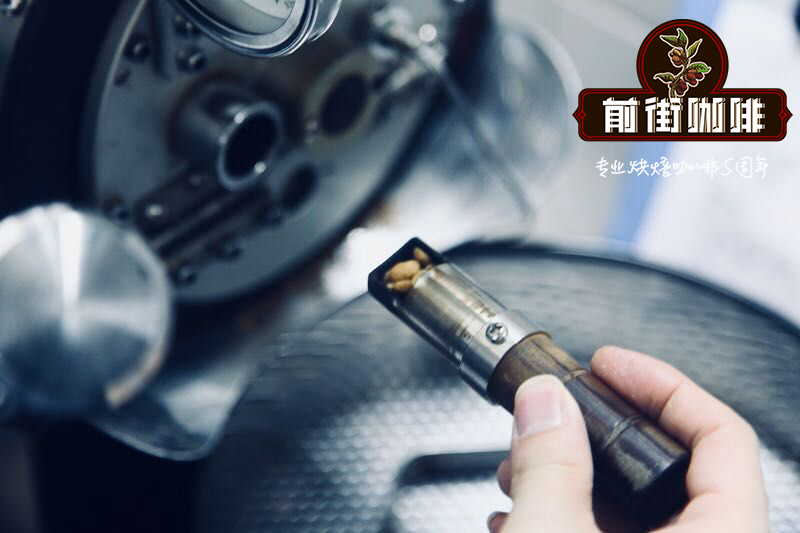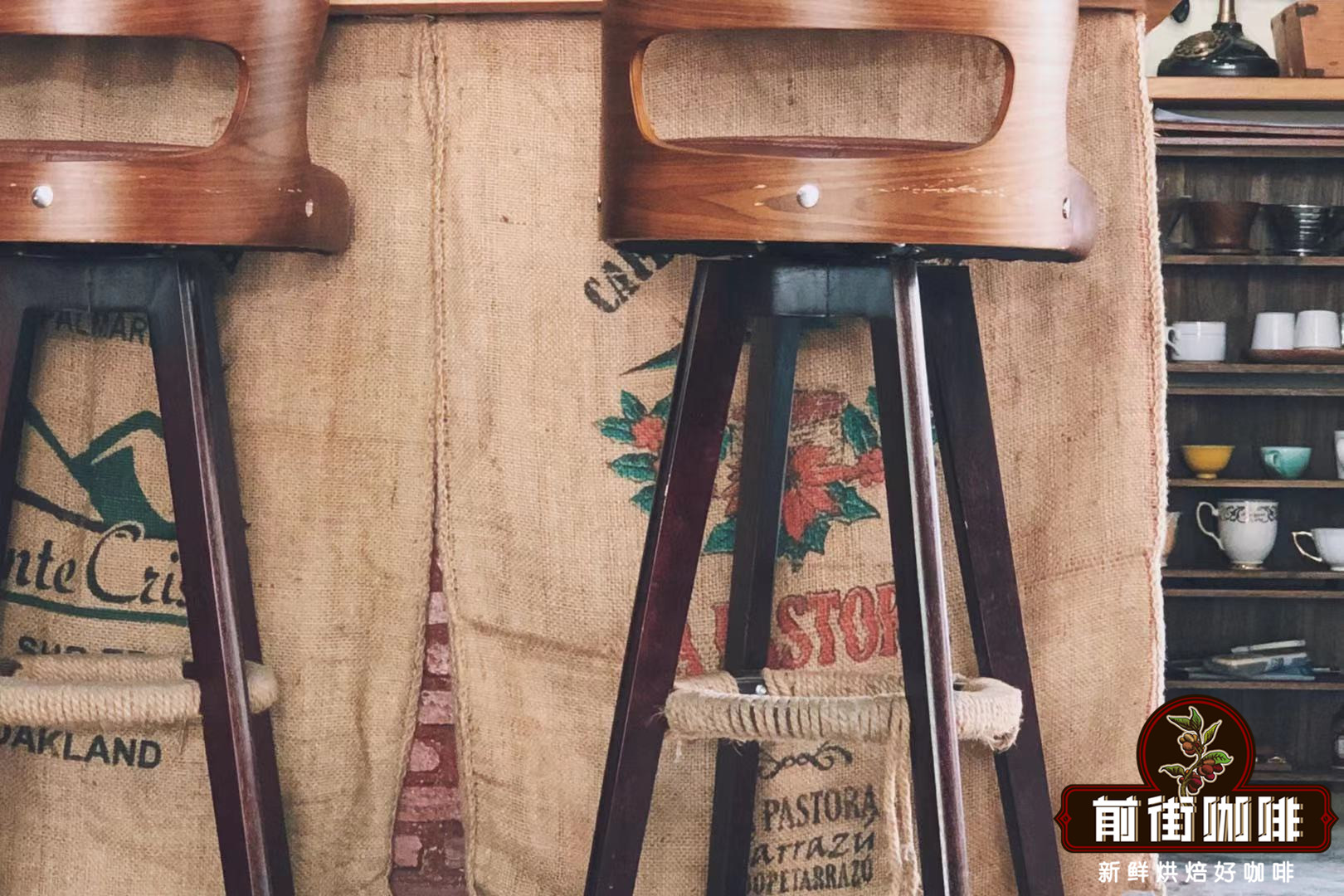The King of Mocha-Yemeni Matali Coffee how about natural drying coffee?

Professional coffee knowledge exchange more coffee bean information please follow the coffee workshop (Wechat official account cafe_style)
When it comes to Asian coffee, the first thing that comes to mind is Yunnan coffee or Indonesian coffee, but there is also a coffee producing area in Asia that has always been ignored but has a long history of coffee. That's Yemen.
Yemen used to be the port through which Ethiopian coffee was transported to all parts of the world! And yemen's English will be printed on the bag, and when Europeans drink this coffee, they will know that it is coffee from Yemen.
As long as Yemeni coffee is immediately reminiscent of thick and wild sun-dried beans, Yemeni coffee farmers have been planting according to the ancient methods handed down by their ancestors, because Yemen's rugged terrain is not easy to grow and there is little rainfall. Therefore, Yemeni coffee farmers choose terraces or lowlands for planting, and choose areas that are not easily exposed to strong sun exposure, while most Yemeni farmers are poor and cannot use pesticides. Almost all of them are cultivated naturally and organically.
Madali is the most famous coffee bean in Yemen. It is located in the Bani Matari to the west of the capital Sana'a. It has a strong, thick flavor with obvious berry aromas.
Mattari mocha is produced in Yemen, which is located in the Middle East, bordering Saudi Arabia to the north, Oman to the east, the Red Sea to the west, the Arabian Sea to the south and the Gulf of Aden to the south. Yemen, near the Red Sea, is the ancestor of coffee exports among coffee-producing countries, and the port of Mocha is her earliest port of export. four hundred years ago, early coffee cultivation in Yemen also surrounded the hills around this small port.
The port of Mocha has many names, including: Al-Makha, Al-Mocha, Al-Mokka,Mocha. And so on, imported from Ethiopia to the port of Mocha, this mysterious drink was discovered by Portuguese seafarers in the 17th century, and since then coffee has been introduced into Europe from the port of Mocha in Yemen. Currently, the export port of Yemeni coffee is Port of Aden (Aden) or Port of Holiday (Hodeida). Yemeni coffee is still grown in the same way as it was 500 years ago, with a wide variety of varieties, including adzuki bean Ismaili, ancient heirloom,Adeni and Mattari varieties.
At present, there are about 99000 coffee farmers in Yemen, and the average planting area of each family is only 0.75 hectares. The coffee produced is sold domestically, and 55 percent of the coffee is exported abroad to neighboring Saudi Arabia.
Yemeni coffee is mainly named after the producing area, while another small grain Ismari is named after the tree species. The existing coffee tree is a very old coffee tree species, which is made by mating Mocha and Java trees. It is planted in the mountain area at an altitude of 2000-2500 meters. The harvesting method has not changed much since ancient times. It can be said that it almost follows the ancient harvest method. In the past, coffee was dried and dropped after it was naturally ripe on the tree, and it was directly exposed to the sun on the mud ground to make it dry, adding natural flavor to the natural contact with the land. Nowadays, coffee beans are harvested manually from trees, and the coffee is placed in a special exposure field, and the coffee is turned over with a wooden stick to maintain uniform exposure. Wait about 20 days. After drying, remove the outer pulp and peel, and take out the beans. Because of the natural dryness, there is a big difference in the size of mataline beans.
Growing up in a steep, barren, sunless terrace, such a difficult environment has created an irreplaceable position and won the title of "king of mocha" for Yemeni national treasure coffee.
Mocha is the general name for sun-dried coffee beans. There are three kinds of mochas: Yemeni mocha, Halamoka and Sidamoka. Early Yemeni sun-dried coffee beans were exported from the port of Mocha, so it is collectively known as Mocha, which is now silted up and is no longer in use. The Yemeni mocha is also the originator of the world coffee trade, contributing to the promotion of coffee to the world. In the 17th century, it was called "Arabica" coffee, the origin of the Arabica name, and was the only coffee exported to Europe at that time.
All the essence of the sun beans to the extreme, with a complex flavor, taste wild and mellow, but also with a strong fermented wine, low acid value, easy to taste, and then produce a strong finish.
Important Notice :
前街咖啡 FrontStreet Coffee has moved to new addredd:
FrontStreet Coffee Address: 315,Donghua East Road,GuangZhou
Tel:020 38364473
- Prev

Flavor characteristics and taste evaluation of Pacas coffee beans introduction to the information of producing areas of Pacas coffee beans
Professional coffee knowledge exchange more coffee bean information please follow the coffee workshop (Wechat official account cafe_style) among the countries of origin in Central America, El Salvador can be said to be the smallest country in land area, although coffee production is much less than other countries, but the Pacific sea breeze and many volcanoes
- Next

The King of Mocha-Yemeni Matali Coffee how about natural drying coffee?
Professional coffee knowledge exchange more coffee bean information Please follow the coffee workshop (Wechat official account cafe_style) when it comes to Asian coffee, the first thing that comes to mind is Yunnan coffee or Indonesian coffee, but there is also a coffee-producing area in Asia that has always been neglected but has a long history. That's Yemen. Yemen, used to ship Ethiopian coffee
Related
- Detailed explanation of Jadeite planting Land in Panamanian Jadeite Manor introduction to the grading system of Jadeite competitive bidding, Red bid, Green bid and Rose Summer
- Story of Coffee planting in Brenka region of Costa Rica Stonehenge Manor anaerobic heavy honey treatment of flavor mouth
- What's on the barrel of Blue Mountain Coffee beans?
- Can American coffee also pull flowers? How to use hot American style to pull out a good-looking pattern?
- Can you make a cold extract with coffee beans? What is the right proportion for cold-extracted coffee formula?
- Indonesian PWN Gold Mandrine Coffee Origin Features Flavor How to Chong? Mandolin coffee is American.
- A brief introduction to the flavor characteristics of Brazilian yellow bourbon coffee beans
- What is the effect of different water quality on the flavor of cold-extracted coffee? What kind of water is best for brewing coffee?
- Why do you think of Rose Summer whenever you mention Panamanian coffee?
- Introduction to the characteristics of authentic blue mountain coffee bean producing areas? What is the CIB Coffee Authority in Jamaica?

